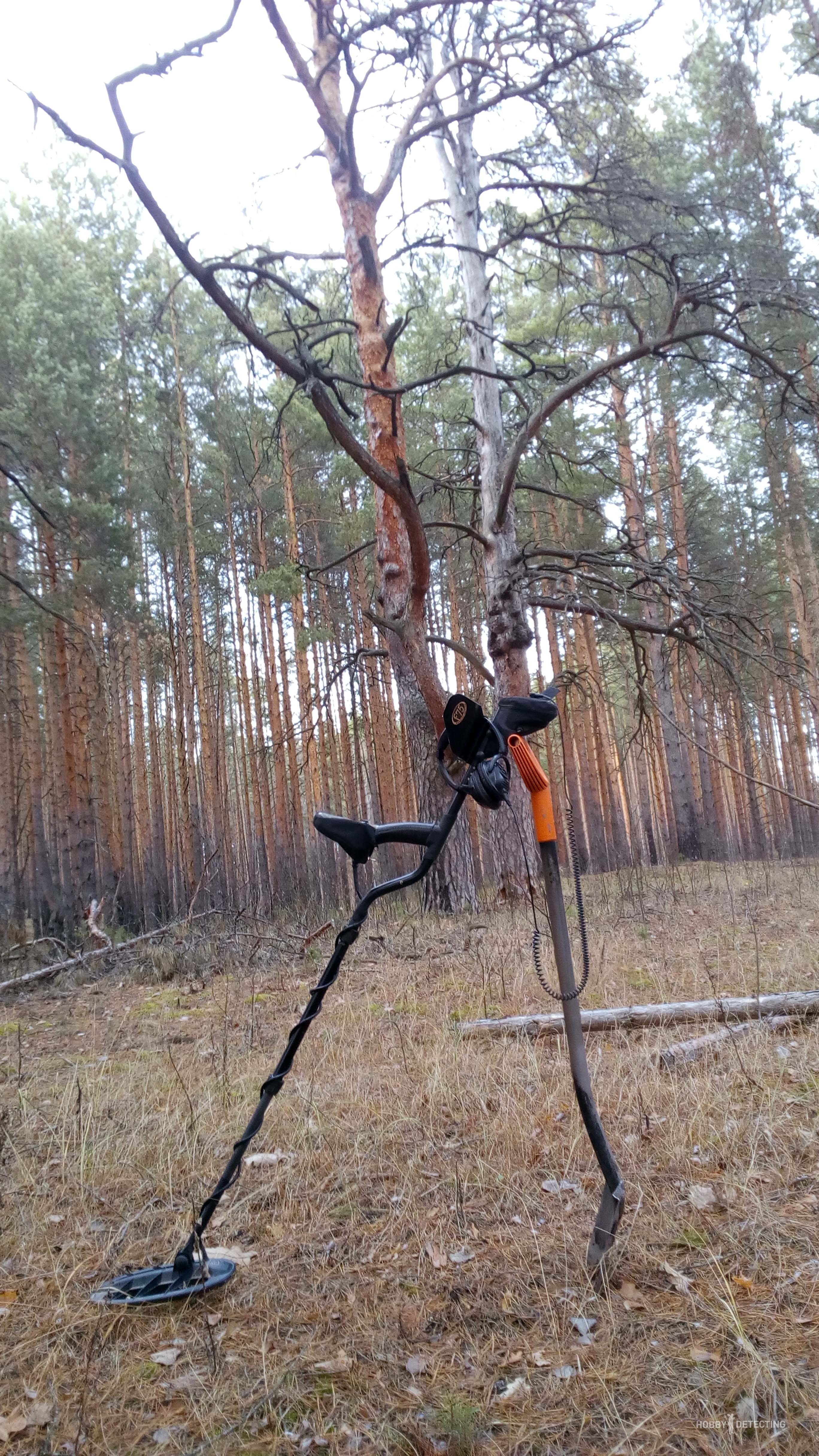What would the ideal arrest of an instrument searcher look like?
Or why the cases of digging bloggers don’t go to court.
I think that many of you, dear readers, who are passionate about instrumental searching and those who consider this hobby a crime aimed at destroying the archaeological heritage of Russia, have asked the question at least once. Why have bloggers never been convicted under the article 7.15 of the Code of Administrative Offenses of the Russian Federation, which is widespread among us? “Carrying out archaeological field work without permission”???

And really why???
The answer is simple, because the legislation that is trying to regulate instrumental search was created and works only to protect archaeological sites. And, try to use it on the topic of cops, diggers and instrument search. It's like trying to put a condom on a globe, especially if it's a Blau globe.
Then in order.
First. In order to detain a person wandering with a metal detector through a field or other natural landscapes, a police officer must have a reason. That is, in order to detain a citizen during a police investigation, the police officer must have a clear understanding that the citizen is committing an offense. What is an offense under our articles?
– This is an archaeological excavation without an open sheet. According to the law, archaeological excavations are work within the boundaries of archaeological sites. This means that any activity outside the boundaries of archaeological sites cannot in any way be recognized as archaeological excavations.
— Search and or seizure of archaeological objects. There are many concepts in that article of the Criminal Code. Including about traces older than 100 years, and about the cultural layer. But no one reads the comments to that very article of the Criminal Code. And there, there is an explanation from the Supreme Court of the Russian Federation that the fact of a completed crime is the destruction of the cultural layer. Not the extraction and storage of certain objects, but the destruction of the cultural layer. Did you get the point? If not, write in the comments.
I think whoever understood has learned that police officers can detain a digger during a cop operation only if he clearly knows that there is an archaeological site at this place. Otherwise, the police officer, if the citizen acts competently, may receive an administrative penalty, and all materials related to the arrest will be declared illegal.
What comes out of this?
Second. If a police officer nevertheless persistently decides to detain the digger at the crime scene, he will need to prove, without contact with the suspect, that there is a cultural layer at the place where he dug. To do this, you need to invite archaeologists to the site “destroyed” by the digger. They must conduct a historical and archaeological examination, during which they will identify signs of the cultural layer and lifting material, establish the boundaries of the cultural layer and the depth of its occurrence. Areologists will then have to draw up a passport for the archaeological site and send it to the archaeological heritage authority for registration.
And only after the archaeological site is registered in the unified state register, only then can a police officer come to the citizen’s residence address and loudly say “Aha!!! So you got it, my dear!!!” Pardon the irony, I grew up watching good Soviet films about the police. And, yes, all valley diggers understand that the principle of retroactivity applies to the topic of violations in the field of archeology. This is when a violation can be considered a crime even if it was not a crime at the time of the violation.
So understand. When a digger on social networks declares that we are not violating anything if we do not walk around the arches. This is an incorrect statement. If it is proven that you were digging at an archaeological site that has not yet been identified, you are guaranteed an article and possibly even a criminal sentence.
But there is one interesting point here.
Third. The fact is that all of the above actions for registering an archaeological site must be carried out within a period of at least two months. There is such a thing as a statute of limitations in administrative cases. And, it is two months from the moment the administrative offense was detected. Namely identification, and not drawing up an administrative protocol. Therefore, if the activity of a digger in the field was recorded on May 1, and the materials were submitted to the court on July 2, the court automatically terminates this paperwork in favor of the defendant.
But what about the criminal article of the Criminal Code of the Russian Federation, Article 243.2???
Here you need to understand that this article was adopted in 2013 precisely at the request of archaeologists and exclusively for the protection of already identified archaeological monuments. Mounds, burial grounds, fortifications. The point of this article is to punish conscious and organized criminals. That is, in order to apply this article, you need to obtain evidence that the criminals had the intent to destroy the archaeological site. That they knew in advance that they were going (going) to dig an archaeological site.
This is difficult to do and this is operational work of a completely different level. That is why the article is extremely rarely used to suppress the activities of ordinary field diggers.
The final.
This is the reality of our legislation. And to those citizens who accuse police officers of inaction on the topic of “black archaeologists,” I invite you to sign up as volunteers and, at your own expense, register the identified archaeological sites.
